From traditional values to innovation according to market needs
Pursuant to Decision 2920/QD-BNNMT dated July 30, 2025 of the Ministry of Agriculture and Environment on approving the plan to organize the Vietnam Handicraft Product Competition associated with the International Craft Village Conservation and Development Festival 2025, this year's competition marks the 5th time the event has been held, with the participation of organizations, individuals, artisans, and skilled workers nationwide. The products participating in the competition belong to 5 main groups: Ceramics and glass; weaving, embroidery, knitting, crochet; rattan, bamboo, natural leaves; stone, fine art wood, lacquer, mother-of-pearl inlay and other product groups such as horns, metals, flowers, paintings.
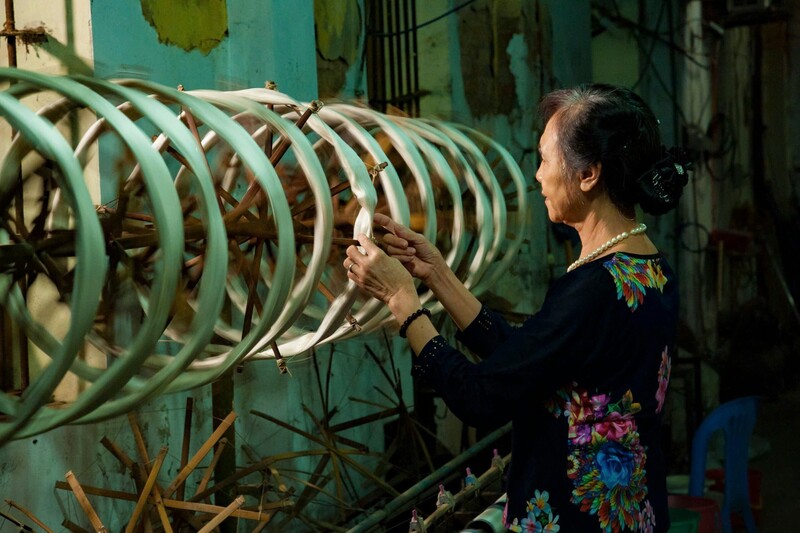
With more than 1,350 craft villages and villages with crafts, Hanoi is considered the “Capital of the quintessence of traditional Vietnamese crafts”, where thousands of years of cultural, artistic and industrial values converge. Photo: NH
From October 20-26, 2025, the Department of Economic Cooperation and Rural Development in collaboration with the Vietnam Exhibition Center for Culture and Arts received 452 products from 231 authors nationwide. The products are diverse in materials, designs, and types, demonstrating careful investment in technique, art, and quality. Many of this year's award-winning products are especially aimed at market tastes, with high applicability and are gifts with cultural value.
The 2025 competition has the notable participation of both elderly and young artisans. Among the 231 authors, Mr. Cao Huu Nghi (103 years old, Hai Phong) and Mr. Do Huy Kieu (85 years old, Hanoi) are the two oldest artisans. Meanwhile, the two youngest skilled craftsmen, born in 2010, only 15 years old, also participated in the competition. The products are grouped, coded and displayed in a reasonable design, convenient for the Jury to review, discuss and select outstanding products.
During the two days of October 27-28, the Jury selected 60 prizes, including 5 first prizes, 10 second prizes, 15 third prizes and 30 consolation prizes. The winners received Certificates of winning products, commemorative medals, and will be awarded at the Opening Ceremony of the International Craft Village Conservation and Development Festival 2025 on the evening of November 14, 2025. The products will continue to be displayed at the Festival from November 14-18 at Thang Long Imperial Citadel, Hanoi.
Speaking to reporters of the Industry and Trade Newspaper, according to Mr. Vu Hy Thieu, Chairman of the Advisory Board of the Handicraft Association, the competition is an opportunity for artisans and designers to demonstrate the combination of tradition and modern creativity. Many ceramic, rattan, and lacquer products demonstrate skillful techniques, but are still limited in aesthetic innovation and design ideas. Some products only change decoration but are not really different in shape and application.
“It is necessary to direct creativity according to market demand so that artisans can promote their strengths and create products of real value, meeting the needs of domestic and foreign consumers. This also helps to enhance the brand value and competitiveness of Vietnamese handicrafts,” Mr. Thieu emphasized.
Giving wings to Vietnamese handicrafts
In the context of deep international economic integration, Vietnam has signed 17 FTAs, including EVFTA and RCEP, opening up great opportunities for handicraft products to penetrate demanding markets such as the EU and Japan. Global consumers increasingly favor handmade, environmentally friendly products with unique cultural stories. The global market size reached 753.2 billion USD and is expected to increase by 10% per year.

Products participating in the Vietnam Handicraft Product Competition associated with the International Craft Village Conservation and Development Festival 2025. Photo: NH
Mr. Trinh Quoc Dat, Chairman of the Vietnam Craft Villages Association, said that Vietnamese handicrafts have been exported to 163 countries, including major markets such as Japan, the United States, and the EU. Vietnamese handicraft products have the advantage of being hand-made, environmentally friendly, rich in cultural stories, and are loved by many international customers.
However, Vietnamese handicrafts are facing major challenges as exports to traditional markets have decreased, while emerging markets such as Thailand, the Philippines, and Indonesia have increased by nearly 15%. Export turnover in the 2020-2023 period decreased from nearly 3 billion USD to about 2.4 billion USD due to the pandemic, war, and geopolitical fluctuations. The Vietnamese handicraft market is expected to grow by 8.7% in the 2024-2032 period, lower than the global growth rate, showing that the industry still has a lot of room for growth.
The reasons are lack of investment in technology, limited raw materials, uncreative designs and small-scale production processes. Many craft villages are at risk of disappearing, the young workforce is not interested, and their skills are not properly trained. Packaging, labels and product design do not really meet international demands, limiting competitiveness and brand in the market.
Talking to reporters of the Industry and Trade Newspaper, Mr. Nguyen Dinh Hoa, Deputy Director of the Hanoi Department of Agriculture and Environment, emphasized that developing craft villages not only preserves the craft but also preserves the cultural quintessence of Thang Long - Hanoi. The city is coordinating with units, businesses and artisans to promote trade, support design, promote products, train young human resources, helping craft villages adapt to the modern market while still maintaining traditional values.
In particular, the Vietnam Handicraft Product Competition 2025 has truly become a creative playground, where artisans can test, learn and innovate, and at the same time, it is an opportunity to promote culture, enhance brand value and promote the Vietnamese handicraft industry to integrate into the international community in a sustainable manner.
Currently, the country has 5,400 craft villages, of which 2,000 are traditional craft villages, and 57 national intangible cultural heritages belong to the traditional craft category. However, the expansion of production scale, especially with high-tech traditional products, still has many limitations, requiring the application of technology and design innovation.
Source: https://congthuong.vn/but-pha-thiet-ke-thu-cong-my-nghe-viet-vuon-ra-thi-truong-quoc-te-430194.html




![[Photo] General Secretary To Lam visits Long Thanh International Airport Project](https://vphoto.vietnam.vn/thumb/1200x675/vietnam/resource/IMAGE/2025/11/13/1763008564398_vna-potal-tong-bi-thu-to-lam-tham-du-an-cang-hang-khong-quoc-te-long-thanh-8404600-1261-jpg.webp)

![[Photo] The "scars" of Da Nang's mountains and forests after storms and floods](https://vphoto.vietnam.vn/thumb/1200x675/vietnam/resource/IMAGE/2025/11/13/1762996564834_sl8-jpg.webp)





























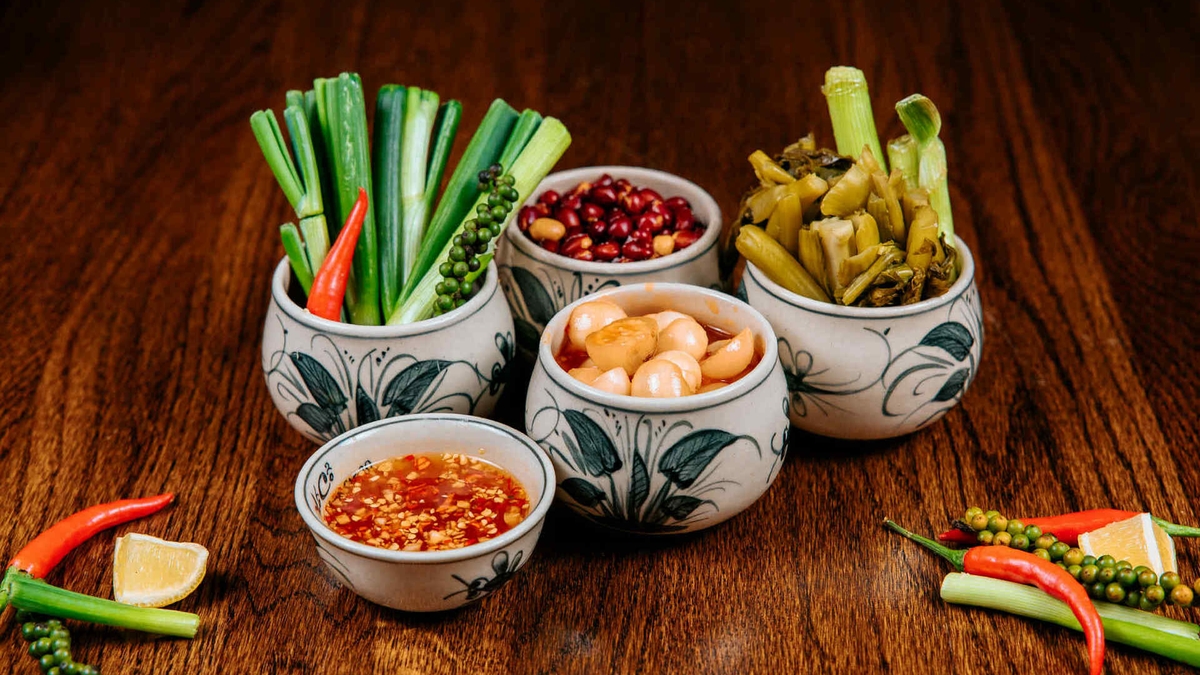










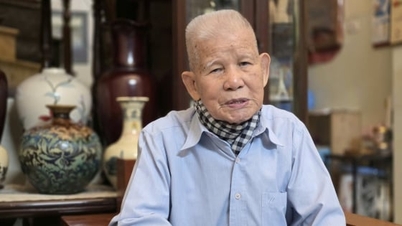












































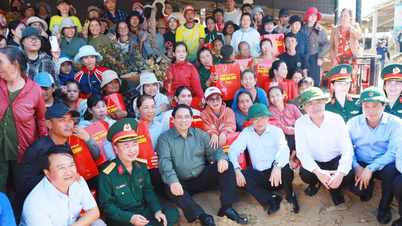


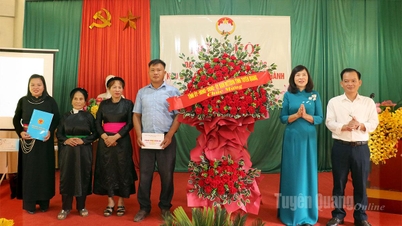






![Dong Nai OCOP transition: [Article 3] Linking tourism with OCOP product consumption](https://vphoto.vietnam.vn/thumb/402x226/vietnam/resource/IMAGE/2025/11/10/1762739199309_1324-2740-7_n-162543_981.jpeg)







Comment (0)